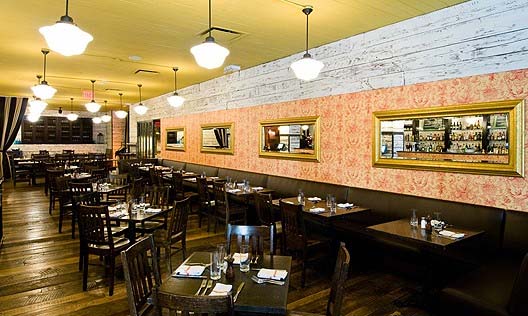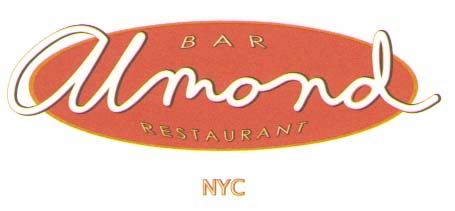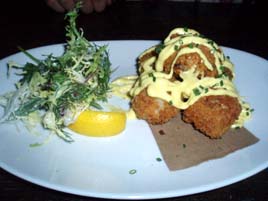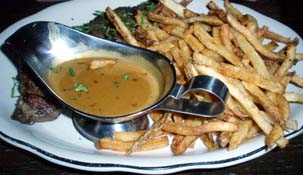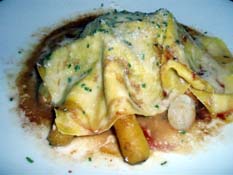Top Chef Season 5 Finale
 Friday, February 27, 2009 at 09:26AM
Friday, February 27, 2009 at 09:26AM I haven’t blogged Top Chef during the season, as there seem to be enough people who chronicle every episode. Now that the season is over, I thought I’d share a few thoughts.
Almost everyone agrees that Hosea Rosenberg is an extremely underwhelming winner. His food never seemed electrifying, but it was always “good enough.” Until the final episode, he had no wins after the first half of the season. In 3 of the last 6 episodes before the finale, he was in the bottom three for the elimination challenge, but survived because someone else was always worse. That’s the rub in Top Chef. Until the last episode, you don’t need to be good; you only need to avoid being worst.
Even Hosea admits that Stefan Richter was the best chef of the season, but Stefan didn’t deliver when it counted. In 3 of the last 4 episodes before the finale, he was in the bottom three. You got the distinct feeling that he was coasting, and Colicchio figured that out too. Not much gets by Tom Colicchio.
Carla Hall was clearly a fan favorite, but I always thought that she was in over her head. She showed her lack of self-confidence by allowing her sous-chef to alter significantly two of the dishes, both of which turned out poorly. Neither Hosea nor Stefan acted as though they considered her a threat.
As Tom Colicchio has endlessly stated, there is no cumulative scoring on Top Chef. You could win 5 challenges in a row, but if you are the worst on any given day, you’re going home. Under that rule, Hosea simply had to win. It was abundantly clear that he cooked the best meal in the final challenge. Obviously I didn’t taste the food, but I noted that the editors weren’t even able make it seem close. Going into the final commercial break, it was just overwhelmingly obvious that Hosea had won.
I really don’t see how cumulative scoring can work in a finale. You could have a season where one contestant has built up such a huge lead that the finale is essentially meaningless. I do think that they should use cumulative scoring earlier in the season, so that obviously superior chefs aren’t sent home for one mistake.
Some of this season’s challenges seemed unusually contrived. Especially in the finale, the chefs ought to be allowed to “do their thing.” Why were Stefan and Hosea fighting over a limited supply of caviar? Give them a budget and let them go shopping, as they did in earlier episodes. And why the artificial 2-hour prep limit and the extra surprise tossed in on the final day? If the goal is really to identify the top chef, then the producers should get out of their way, and let them cook the way they want to cook.
So Hosea is this season’s winner. He says he wants to open a restaurant, although the $100,000 prize is probably only 10% of the nest-egg he’d need. I suspect that some of the more glamorous contestants will be able to milk more out of their Top Chef appearances than Hosea will.
 Top Chef
Top Chef 








